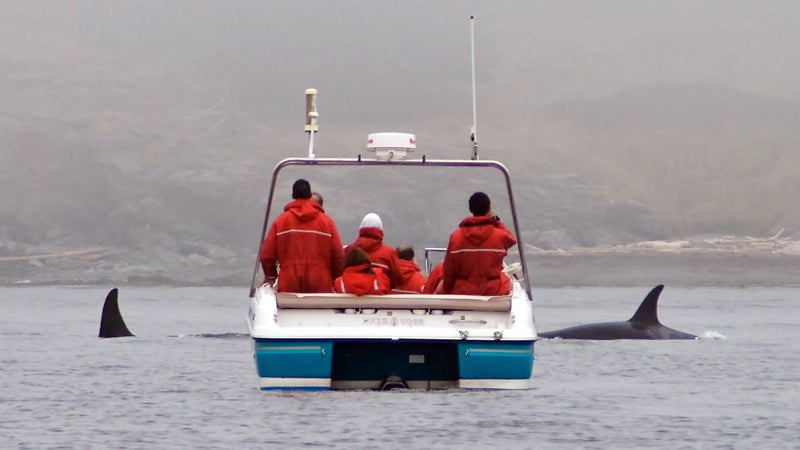Whale watchers might be the most likely to appreciate the majesty of our cetacean friends, but they’re also the most likely to hit them with their boats.
This tragically ironic piece of information comes from the (IWC), drawing on data from as far back as 1885. The group tallied the number of collisions for each type of marine vehicle involved. For collisions that included information on the vehicle, , followed by yachts (27) and naval vessels (25).
That being said, if you’ve read Moby Dick and somehow still haven’t had your fill of oddly specific whale information, the IWC’s contains dramatic (sometimes very sad) details surrounding each collision. Some : “The crew lost sight of the whale but the next day a dead whale with a severed tail stranded near collision site”; “whale lifts, tosses boat”; and “stunned but alive after collision, swam away.”
On top of that, the National Oceanic and Atmospheric Administration recently released a report saying that after 10 years of learning more about killer whales in Puget Sound, . Multiple reasons for this decline include threatened food sources, negative interactions with boats, and pollution. The bottom line is clear: We humans need to clean up our act.


